Plastic printing inks have been increasing in usage with the development of the color printing and packaging industry, while research and production units in the country are basically left blank in the development of this market. Rarely are studies reported in this area. Therefore, we have conducted some exploratory research work in this area. The base films used in the color printing and packaging industry include polyester film (PET), nylon film (NYLON), polypropylene film (PP), and polyethylene film (PE). The key to selecting inks lies in their ability to deal with these types of substrates. The films all have good adhesion and therefore have higher demands on the adhesive used for the ink. As we all know, polyurethane materials have excellent adhesive properties, abrasion resistance, scratch resistance and good low temperature properties, high gloss, gloss retention, and thus have a wide range of applications in the ink industry. However, its defect in the color printing and packaging industry is lack of adhesion to base films such as PP and PE widely used in the industry. In response to this problem, we used a copolymer of vinyl chloride-hydroxyethyl acrylate copolymer with macromolecule glycol, small chain extender, and toluene diisocyanate to produce a new type of polyurethane. Adhesives, inks made with them have good adhesion to various base films including PP and PE.
1 Experimental section
1.1 The main raw materials
Polypropylene glycol (PPG): Mn=2000 Nanjing Plastic Factory;
Vinyl chloride-hydroxyethyl acrylate copolymer (PVHA): Mn=2000 homemade;
Toluene diisocyanate (TDI80/20): Imported diethylene glycol for industrial products: Analytical pure Zhengzhou Reagent No.3 Plant;
Diethylenetriamine: Analytical Pure Shanghai Reagent No.3 Plant;
Di-n-butylamine: Analytical pure Beijing Chaoyang Xihui Chemical Factory.
1.2 Synthesis of Adhesives
In a flask equipped with electric stirring, a thermometer, and a nitrogen gas tube, a metered amount of polypropylene glycol, vinyl chloride-hydroxyethyl acrylate copolymer solution, TDI, a solvent, and an appropriate amount of a catalyst are added, and the reaction temperature is controlled at about 70°C under a nitrogen atmosphere. hour. Then add the chain extender to continue the temperature control reaction. When the reaction is nearly completed, an appropriate amount of di-n-butylamine can be selectively removed to remove unreacted -NCO groups based on the detection of the isocyanate content in the reaction solution. Finally, the solvent was added to adjust the solid content of the product to 30% to obtain a modified polyurethane adhesive.
1.3 Preparation of ink
TiO2, toluene, and methyl ethyl ketone were added to the above-mentioned polyurethane adhesive and sanded to obtain a white ink. The ink was adjusted to an appropriate viscosity with a mixed solvent of toluene, methyl ethyl ketone, and isopropyl alcohol, and printed on a corona-treated OPP film, a PET film, and a NYLON film, respectively. After drying and shelving for a period of time, the adhesion of the ink to the base film was tested.
2 Results and Discussion
2.1 Effect of Ratio of NCO and OH on Performance of Adhesive in Prepolymerization
The ratio of PVHA to PPG in the fixed material is 1:3. When the first NCO-based prepolymer is synthesized in the binder synthesis reaction, the ratio of NCO to OH is changed, but the total NCO in the reaction material is controlled. The proportions of OH and NH2 were unchanged, and a series of different adhesives were obtained. The films were coated and dried. The physical and mechanical properties of the coated films were tested. The results are shown in Table 1.

From the results in Table 1, it can be seen that as the NCO/OH value increases, the tensile strength of the sample increases and the elongation at break decreases. The reason is that the NCO/OH value increases, the hard segment content in the polyurethane molecular chain increases, the stronger polar urethane bond, the increase in the number of urea bonds, and the increase in the rigid benzene ring segment increase the interaction between macromolecules. The cohesive energy increases and the tensile strength increases. At the same time, the increase of the hard segment inevitably reduces the content of the soft segment, such as the ether bond, and decreases the elongation at break. Taking these two factors together, we set the ratio of NCO and OH to 1.8 in the synthesis.
(to be continued)
Foam cannon is necessary one of Car Wash Tools. For SGCB foam gun updated several generations, not matter design, pictures, or function, the effect will be better.
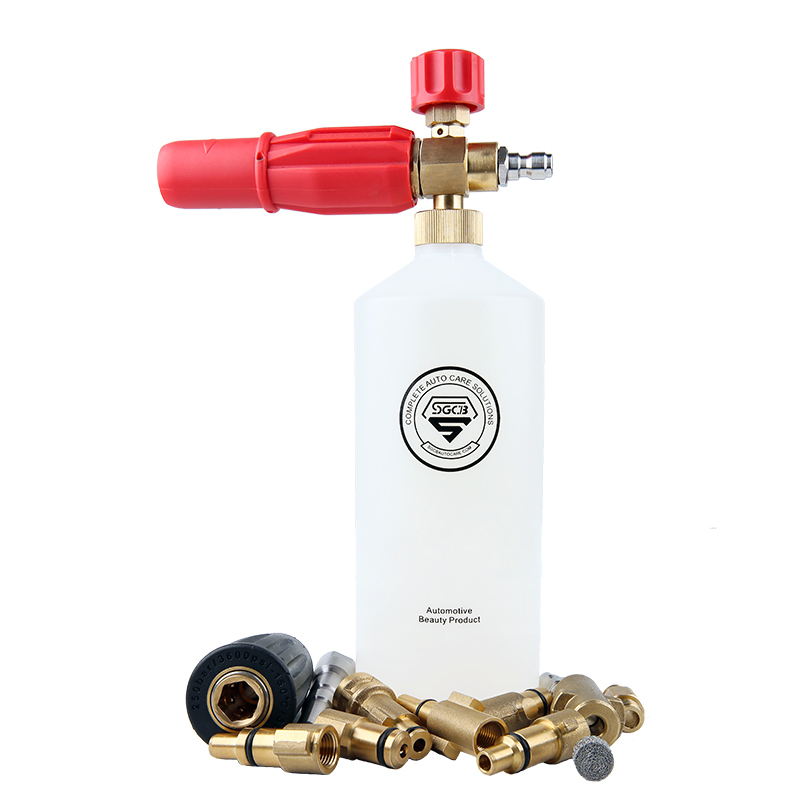


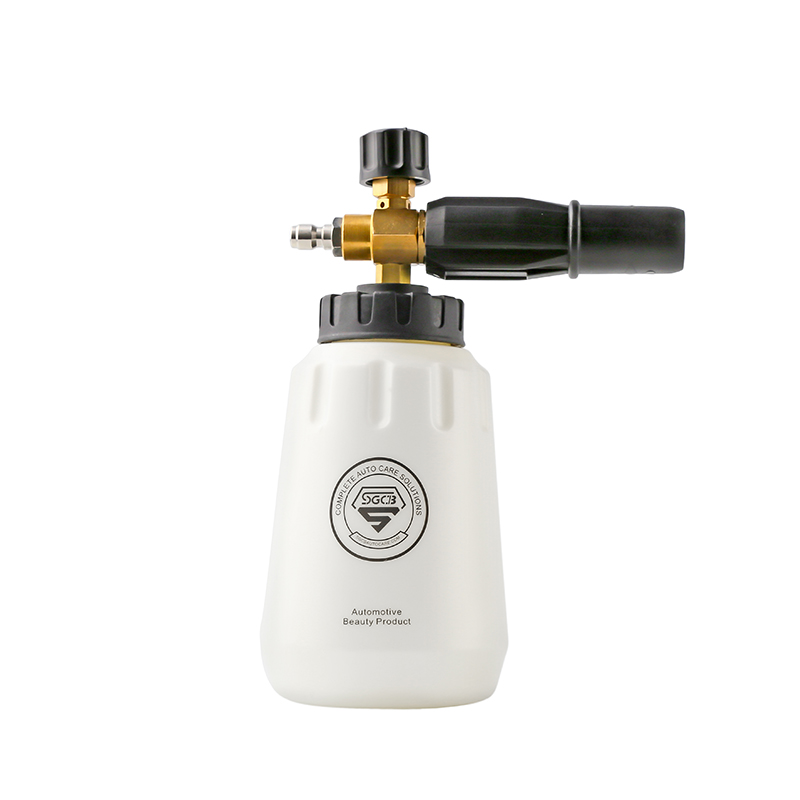
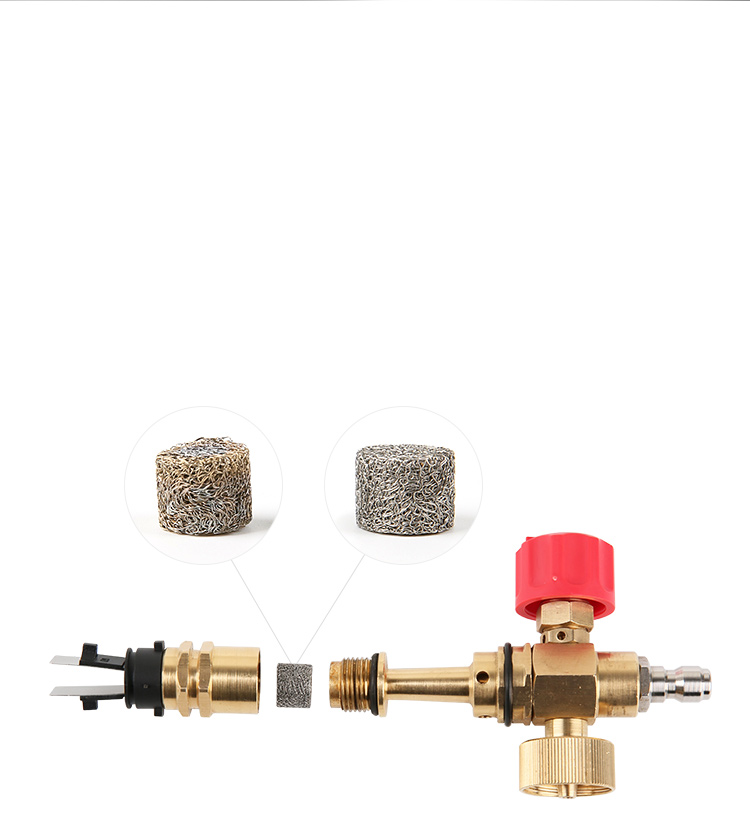
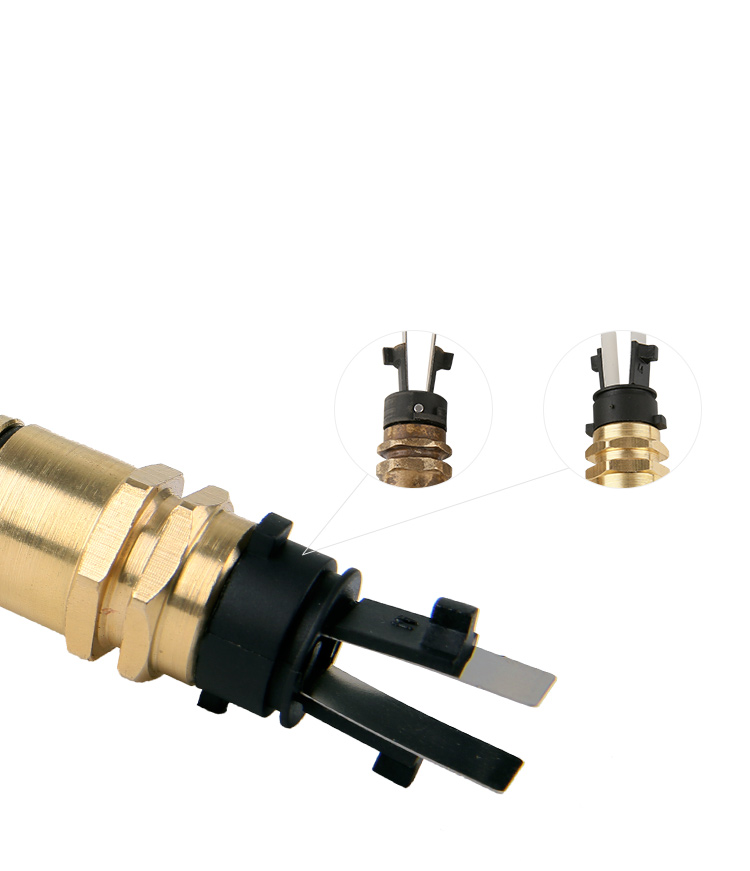
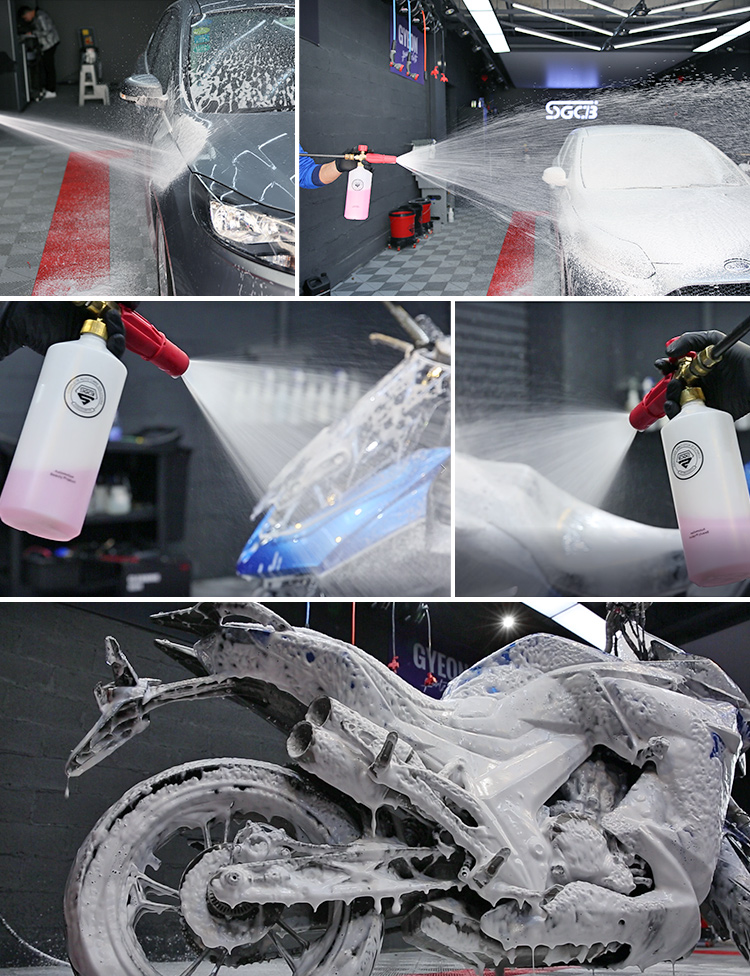
Here is one foam gun for small area foaming, this foam gun work with air hose reel :

Different adapters can be choosed here, like Karcher,Hitachi, Lavor, Gerni, Nilfisk . You can get one what you wanna.
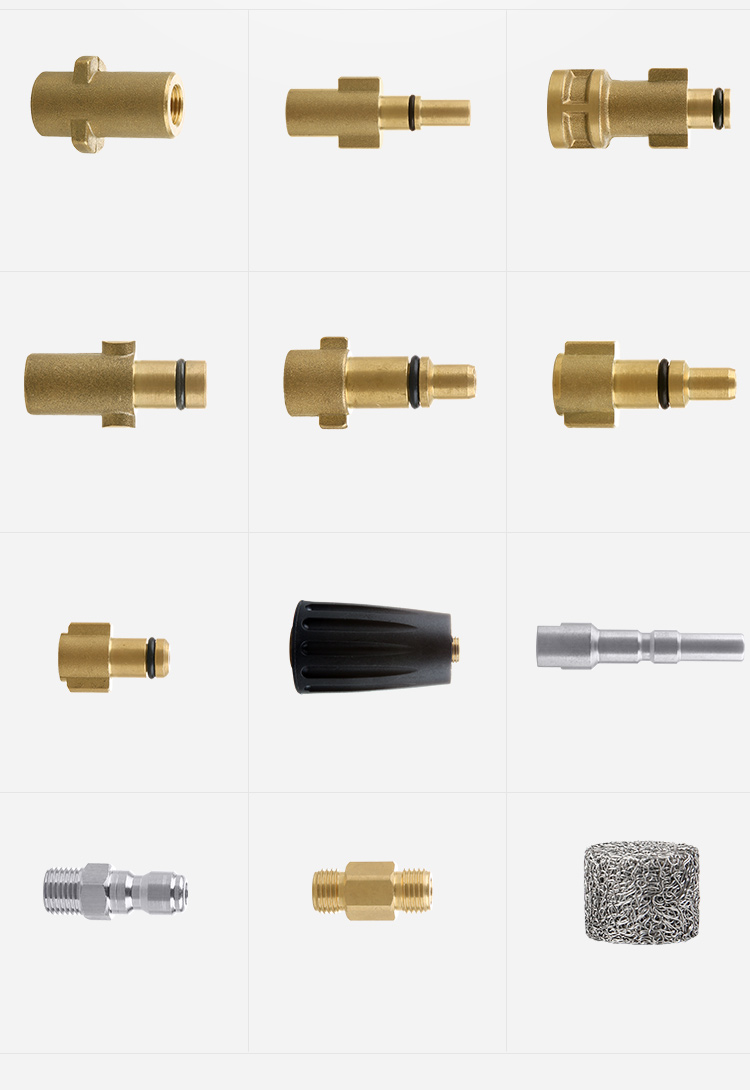
If you wanna know more about it, pls contact with us.
foam cannons,fome cannon, auto detail supply,car wash chemicals,best car washing supplies,car cleaner supplies,snow foam,Foam Gun and Foam Cannon Kits
SGCB COMPANY LIMITED , https://www.sgcbautocare.com